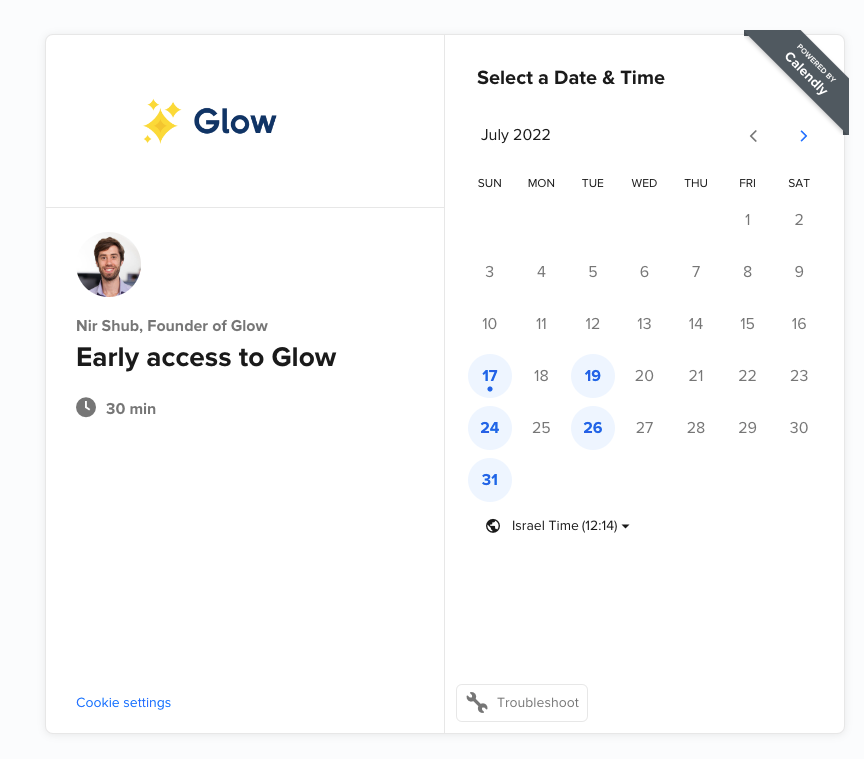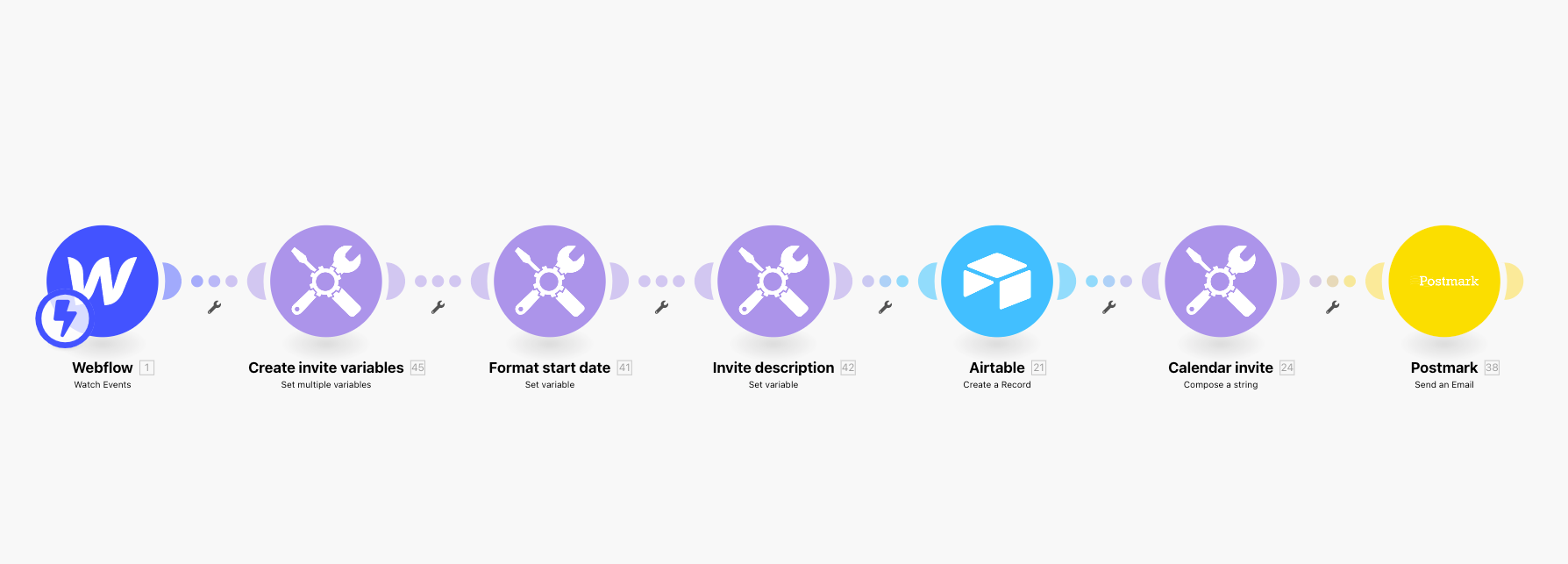My 2022 Q2 progress update

It's been 3 months since my last update. Since then I have experienced both highs and lows. A little bit of an emotional rollercoaster :)
Here is the summary:
- I focused my efforts on SEO and launched the webinar marketing academy with 7 webinar guides
- A handful of potential customers signed up and are now in the pipeline of becoming paying customers
- I built a fully working MVP using No-Code tools
- I wrote a post on how to create a Startup landing page on Webflow, which later got posted on Lastartup
- I plan to start building marketing focused tools
I focused my efforts on SEO
After researching multiple different marketing options, I decided to focus my efforts on SEO.
Webinars, and more specifically Zoom webinars, leave many people with unanswered questions. The niche is relatively small, so there are many keywords with low competition and decent volume.
Over the last 3 months I posted 7 webinar guides and 2 Zoom focused landing pages.
My first few signups all came from SEO. But the volume is still low. I assume it will take time to build up to its full potential.
If you want to learn more about why I chose SEO as a primary marketing strategy, head over to the post acquiring first users with SEO - Part 1.

First signs of interest in Glow
A handful of people signed up to Glow's early access. After they fill out a Typeform, they receive a personalized email from me with an invitation to schedule a call.

The profile of signups varied quite a bit. From very early stage companies or even individual creators to large enterprises.
During the call, I ask them about their needs. If all goes well, we schedule a follow up call. For that I prepare a personalized demo of a webinar registration page, branded with their logo, colors, etc.
I learned a lot from the calls, and a few of them turned into potential paying customers, who are currently in free trial.
Every conversation is an emotional rollercoaster. After a good conversation I am sure I found the perfect product, and after a rejection, I am doubtful I will ever find customers.
My main focus still remains growing the number of people who hear about Glow.
I built a fully working MVP using No-Code tools
Customers that want to start using Glow after seeing a demo, move on to a short trial phase. For that trial phase, I prepared a fully working MVP using No-code tools:
- Webflow to create the webinar registration pages
- MJML to design registration and reminder emails
- Postmark to reliably send emails
- Airtable to save the webinar registrants
- iCalendar to create calendar invites
- Make (a Zapier alternative) to put it all together

Potential customers who signup for a trial get a fully working product including:
- Branded webinar registration pages
- Email confirmation with a calendar invite automatically added to their calendar
- Branded email reminders for the webinar
- Source tracking for different promotion channels
- Reporting dashboard
I didn't build the MVP all at once, but rather added more bits and pieces every time a request came in from a potential customer.
I am learning a ton from the trial phase. Potential customers can really imagine using Glow, so they ask deep questions, and I get to learn about what's important for them.
Customizing the MVP for every customer does take between a few hours to a day. I think it's a great way to start, because it gives me some extra flexibility to explore new solutions for customers. The downside of this approach is that I may be missing out on some users who would have preferred to try a self service tool.
I plan to start building marketing focused tools
I am ready to start coding :) But for now I plan to focus on marketing related tools.
I would love to get into the new Zoom App Marketplace, so I plan to build a webinar landing page builder for Zoom and release it in the marketplace.
Additionally, I see good SEO opportunities for mini-tools that will help webinar organizers to become more efficient, for example, in creating webinar banners, calendar invites and more.
My hypothesis is that helpful mini-tools are more likely to be shared, and will hopefully lead to faster growth.